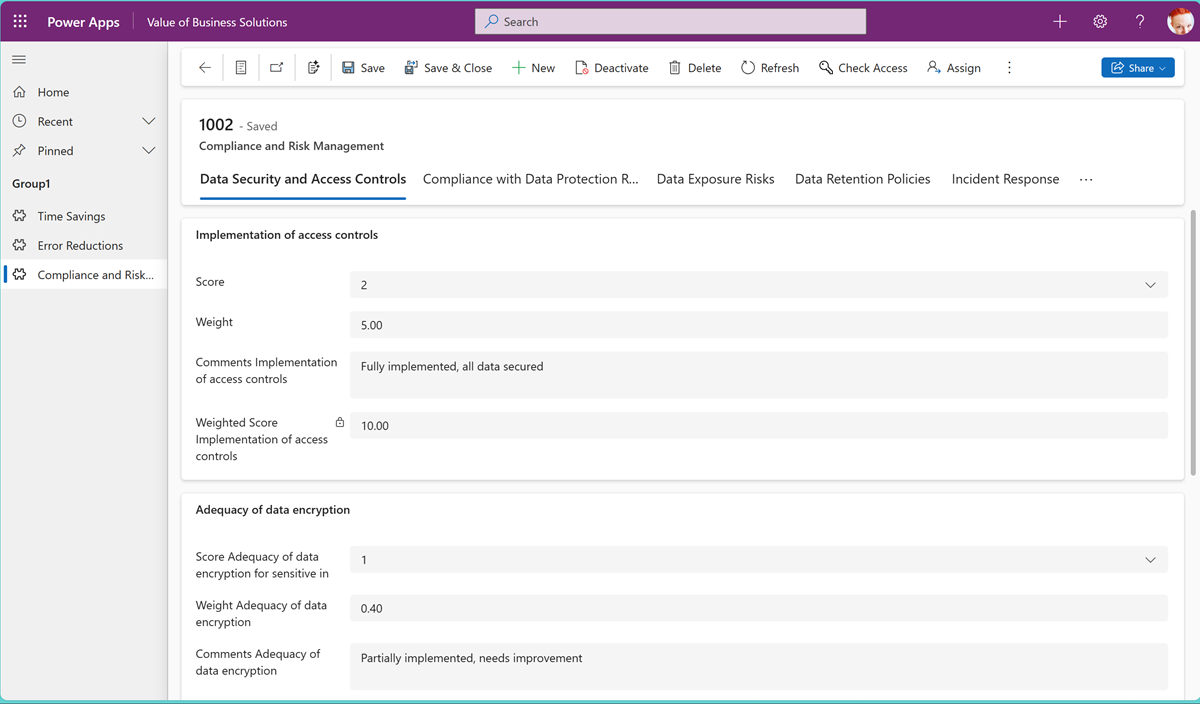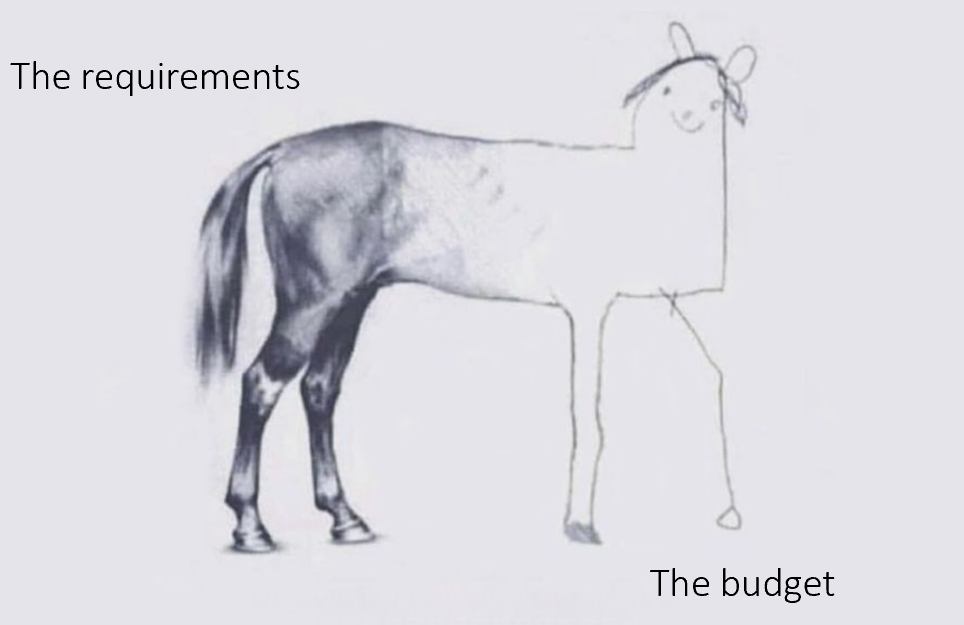I'm never going to financially recover from this

Don’t get knocked out by licensing costs
Power Platform licensing is often seen as the scary part. Mention a 5€ per user license, and someone inevitably reaches for a calculator: “Wait, with 3,000 users, that’s €15,000 a month — €180,000 a year… for a single app?!”

That reaction is common. And completely understandable, if you stop at the price tag. But if that’s the entire discussion, you’re missing the value conversation entirely.
Why the question is wrong
Too many Power Platform projects begin with the wrong question: “Can we build this without needing a premium license?” The better question is: What are we trying to achieve?
Are we looking to reduce costs? Improve efficiency? Free people from repetitive tasks? Reduce legal exposure? Support growth? If so, the conversation needs to be about value, not just license line items.
Because if we stop here, there will be a lot of canvas apps, that should have been model-driven apps in the first place, and this wrong architectural decision at the beginning of the project will have implications not only to security, compliance, performance, but also time to build the app. I saw it over and over again: Teams avoid premium licensing end up overusing canvas apps, over-engineering connections, and cutting governance corners. The result is higher development effort, lower performance, and avoidable complexity. Sometimes (often) it even leads to failure.
Trying to save money by avoiding licenses will cost far more in the long run. It’s inevitable. It’s not a maybe we need to revisit this app but this will by a massive cost grave if we don’t do it right straight from the beginning.
To make an informed decision, we should take a very close look at the options we have.
Decide based on data, not on bias
1 app vs App #1
One app might look expensive. But that app is rarely operating in isolation.
When you invest in the Power Platform as a strategic capability, not just a tactical tool to avoid some dev cost, you start to see compounding returns. Governance, security, Dataverse structure, and connectors become reusable assets. Every future app becomes faster to build and easier to manage. That’s where scale and efficiency live.
The benefits
Yes, there are direct, measurable results. Automating processes reduces operational costs. Workflows speed up. Time gets saved. Sales tools become sharper. Fewer mistakes, faster outcomes. But just as important, and often overlooked, are the long-term, strategic gains like security, risk mitigation, developer experience, employer branding.
These don’t always show up in your quarterly KPIs, but they move the needle in a sustainable way. And while they may seem intangible at first glance, they can be measured. You can quantify how much risk costs. You can measure reduction in incidents. You can track retention rates and hiring speed if your tooling is modern and attractive. These aren’t soft benefits. They’re just harder to fake.
The real cost of risk
Skipping proper licensing often means skipping governance, security roles, data segregation, and controlled environments. That introduces real risk. Not hypothetical. Real. To put a price tag on that, start with a basic framework:
- Identify the risk (e.g., data breach, compliance failure, fraud, downtime)
- Estimate the likelihood
- Estimate the financial impact
- Calculate the Expected Monetary Value (EMV): EMV = Probability × Impact
Then compare it to the cost of mitigating that risk. If the premium license helps you prevent a €100,000 issue with just a few thousand euros of investment, the business case is clear.
I made an app for that
So, if my customers wonder if paying the premium licenses are really worth it, I can help them with this decision, because I built a tool to help estimate benefits, costs, and risks. Not because it’s fun (though it is), but because too many decisions are made on instinct, not insight. If you’re not calculating return, and you’re not quantifying risk, you’re guessing. Of course, I built this as a model-driven Power Apps app, which first calculates all the hours that we can save by automating repetetive tasks away, how much manually post-processing needs to be done because of human errors that naturally occurs, but also assigns a risks score etc. to the more intangible benefits to put a price tag on things like effectiveness of dta classification, flexibility to new compliance requirements or speed of implementing changes. Organizations can assign a certain weight to those categories to get an individual assessment of the risk they are taking when they wonder of going the free route with creating Canvas Apps with a datasource on SharePoint would be a great idea.

In the long run
If you read this and wonder if you really, really, really need to buy the licenses… then here is some perspective, that might change your mind. If you constantly try to avoid licensing cost, then obviously, you drive Power Platform with the handbrake on. The not as obvious effects are even worse:
If you can’t spend costs, chances are, that there is no proper Power Platform enablement initiative in your organization. As you only work with included seeded licenses, you won’t put any effort into an onramp program. That leads to inadequate user training and adoption programs, Limited governance and security controls, absence of community and expert development as well as delayed innovation and competitive disadvantage.
Let me say this again: If you don’t invest in the platform, you have to deal with minimal-skilled users who are massively over-privileged in an immature environment. That is not saving costs, it is a recipe for desaster, as your projects will die and there will be data breaches and worse. But good news is: your competitors did invest. muahaha
Closing
If your app delivers less than $5 of value per user, it is just a toy, not a tool.
But most solutions I see deliver far more than that, especially when they reduce errors, cut manual effort, support governance, or provide real insight. The next time someone asks, Can we build this without premium? — flip the script.

- Ask what it would cost to build it wrong.
- Ask what risks you’re accepting.
- Ask what you’re really trying to achieve.
Then measure that. And make your decision based on value — not fear. Hit me up if you need help with this!
Published on:
Learn more